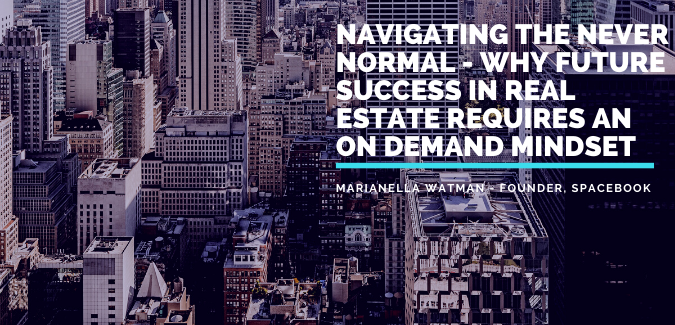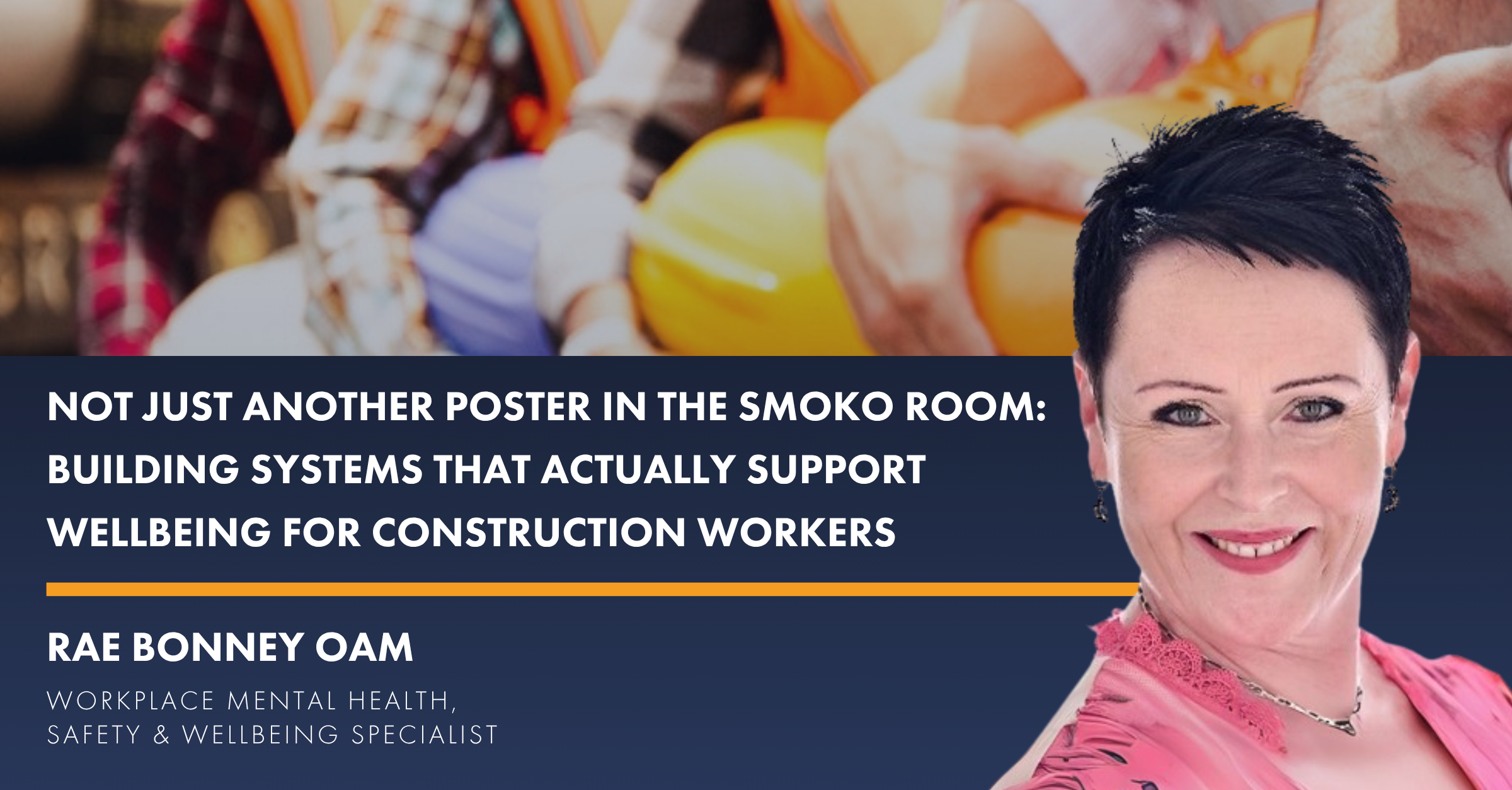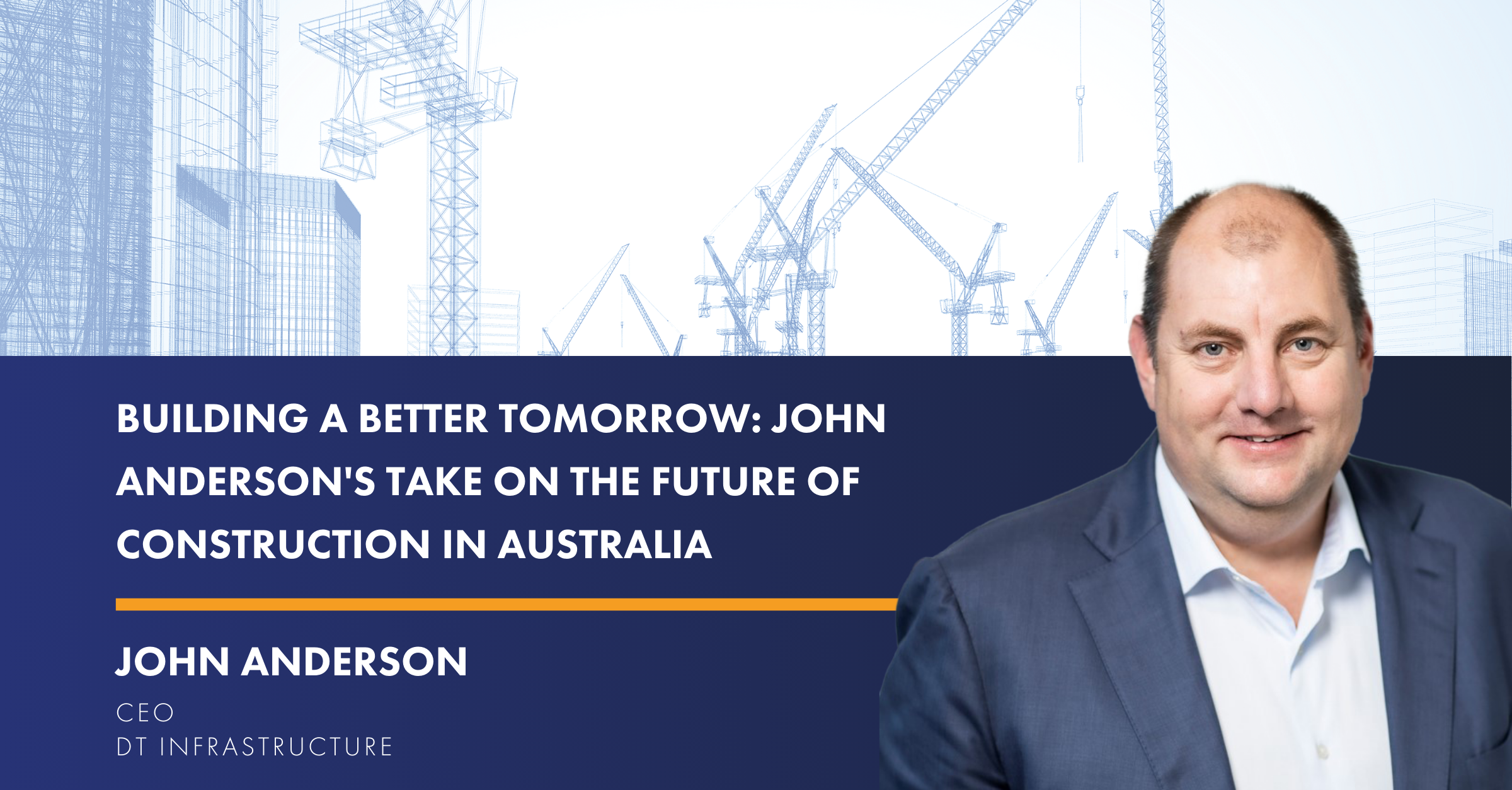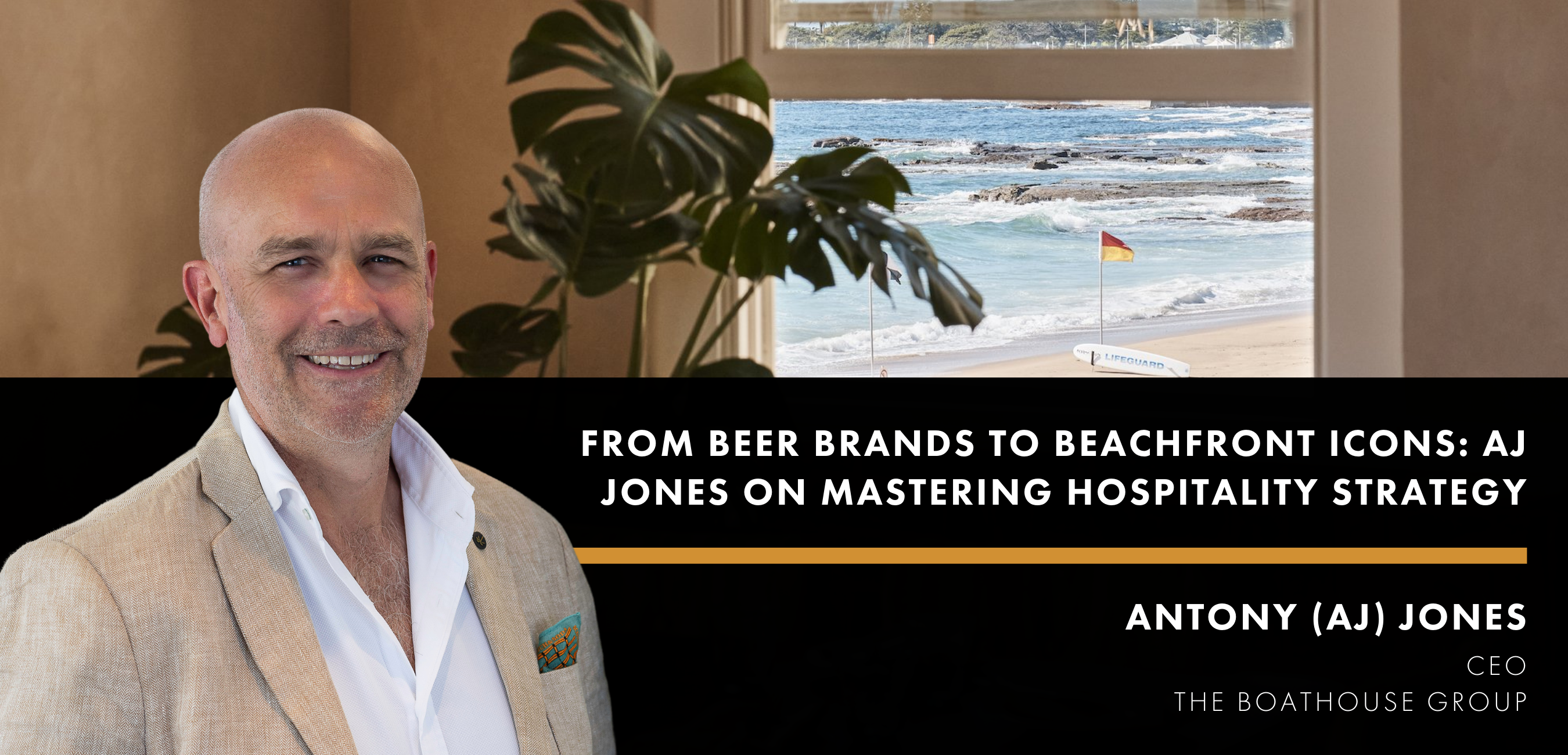Global waves of change around the world are forcing individuals, businesses and organizations to adapt to the new societal norms.
The ongoing pandemic is everyone’s top concern now. COVID-19 is undoubtedly changing our lifestyle and the way people work, interact, collaborate, shop and eat.
Workspace practices had already changed how people work. Now, COVID 19 is driving new physical changes to the very structure of workplaces.
Change and change again
The traditional office environment used to be viewed as the front of all business productivity. Occasionally, organizations allowed a select number of employees to work flexibly from home – but that was seen as a special request – even a perk. Now most of us who can are working from home as a matter of necessity and many organizations are making remote or ‘distributed’ work a permanent option.
Retail spaces are also going through their pandemic-powered transition. COVID-19 has forced landlords and retailers around the world to adjust their operations and rethink strategy.
In the last few months, I’ve spoken with different retail and office landlords around the country. They’ve shared Change and change the conversation they’re having with their tenants. Tenants are feeling understandably insecure. Some are requesting a variety of leasing options from profit sharing to flexibility. Many just want out.
One thing’s for sure: the future of leasing won’t be a ‘one-size-fits-all model’ for lease structures. A landlord might decide to introduce options now as a way to help tenants ease their financial stress with a flexible lease, then transition to full-term once the tenant is ready.
Or they might charge a premium in the short-term and incentivize conversion to a longer-term commitment with an attractive offer or deal. Expect to see a plethora of inventive new options over the coming months and years.
Ghost kitchens and other scary changes
We’ve also seen the rise of the ghost kitchens – also known as dark, smart, or virtual kitchens. Ghost kitchens are kitchen spaces for food and restaurant services without the operational storefront infrastructure.
These businesses sell meals exclusively through delivery channels and strip out all the fancy design and decor you’d normally get at a dine-in restaurant. As such, operational costs are much lower. The purpose instead is to serve quality food for customers to enjoy in the comfort of their own home. Innovative, yes; but their advent is clearly a sign of desperate measures for desperate times in the hospitality sector.
Agility in real estate
Lease flexibility is a concept closely connected to agile real estate. While serviced offices have historically offered flexible leasing solutions, the pace of change impacting how we work, shop and eat has created additional requirements and demand to access spaces in a new way.
We’re seeing a proliferation of flexible space solutions, with coworking, space-as-a-service office set-ups being the most well-known for the office landspace. The appeal of the flexible working space models lies in the opportunity for lease-term flexibility coupled with highly appealing and increasingly private workplace environments.
In retail, the pop-up movement continues to be supported by retailers, pureplays and entrepreneurs. We’ve also seen new space-on-demand retail developments overseas – but not many in Australia as yet.
The Verona Studios in Paddington – operating on a premium model lease – is a great example of a turn-key multi-purpose space hosting a constant turn-over of tenants for weekly to monthly deals.
Accessing spaces on-demand
In August, WeWork launched their on demand-app, which let’s face it, it is not a new concept anymore. However, the fact they’re not pushing for a membership, and are setting a base price and placing availability for all to see, is a welcome move. We expect to see more local operators follow suit. The key for their success it will be providing a frictionless online experience by creating a seamless onboarding experience from the first “Send your Enquiry” to payment. What’s more, everything from moving into moving out needs to be transparent and efficient.






